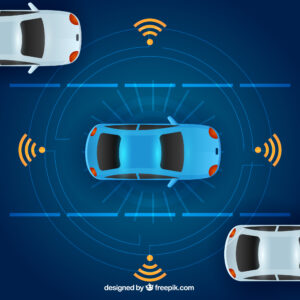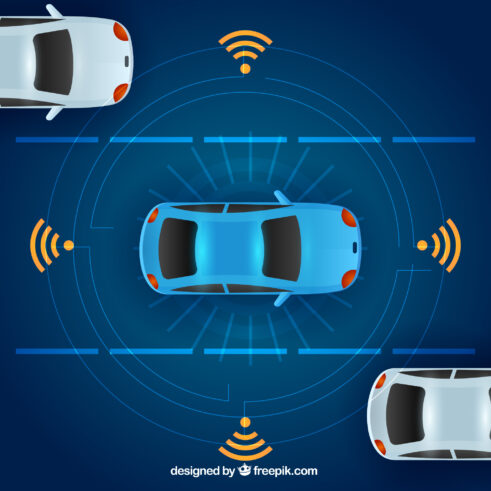
Self-Driving Cars: Navigating the Road Ahead
In the realm of transportation, a technological revolution is unfolding, reshaping the way we perceive mobility and safety. Self-driving cars, once a staple of science fiction, are now a tangible reality. This innovative technology holds the promise of transforming our roads, making them safer, more efficient, and accessible to all. In this article, we explore the current state of self-driving cars, the challenges they face, and the exciting future prospects they offer.
Current Technology: The Rise of Autonomous Driving
Self-driving cars, also known as autonomous vehicles, rely on a sophisticated blend of technologies to navigate roads without human intervention. These technologies include radar sensors, LiDAR (Light Detection and Ranging) systems, cameras, and advanced machine learning algorithms. By processing real-time data from these sources, self-driving cars can perceive their surroundings, identify obstacles, and make driving decisions, all with remarkable precision.
Companies at the forefront of autonomous driving technology, including Tesla, Waymo, and Uber, have made significant strides in developing semi-autonomous and fully autonomous vehicles. These cars are equipped with features such as adaptive cruise control, lane-keeping assistance, and automatic parking, bringing us closer to a future where human drivers are no longer a necessity.
Challenges on the Road to Autonomy:
Despite the rapid progress, self-driving cars face several challenges before they become a ubiquitous sight on our roads. One of the primary concerns is safety. Ensuring that autonomous vehicles can handle unpredictable scenarios, such as adverse weather conditions or sudden road closures, remains a significant hurdle. Additionally, there are ethical dilemmas to address, such as determining how self-driving cars should prioritize passenger safety versus pedestrian well-being in potential accident situations.
Legal and regulatory frameworks pose another challenge. Policymakers worldwide are grappling with questions about liability, insurance, and the establishment of uniform standards for self-driving vehicles. Cybersecurity is also a concern, as autonomous cars rely heavily on interconnected systems that need robust protection against hacking attempts.
Future Prospects: Toward a New Era of Mobility
The future of self-driving cars holds immense promise. As technology continues to evolve, autonomous vehicles are expected to revolutionize transportation in unprecedented ways. Commutes will become more productive as passengers reclaim the time spent behind the wheel. Self-driving cars could enhance accessibility for individuals with disabilities or the elderly, providing newfound independence. Moreover, they have the potential to significantly reduce traffic accidents caused by human error, making our roads safer for everyone.
In the coming years, we can anticipate the integration of self-driving technology into various sectors, including public transportation, delivery services, and ridesharing. Fleets of autonomous vehicles may become a common sight, optimizing traffic flow, reducing congestion, and lowering emissions. Additionally, advancements in artificial intelligence and machine learning will refine self-driving algorithms, making these cars even more adept at handling complex driving scenarios.
In conclusion, while challenges remain, the future of self-driving cars is bright. As technology, regulation, and public acceptance align, we stand on the brink of a transportation revolution. Self-driving cars are not just a glimpse into the future but a tangible step toward safer, more efficient, and inclusive mobility for all.



